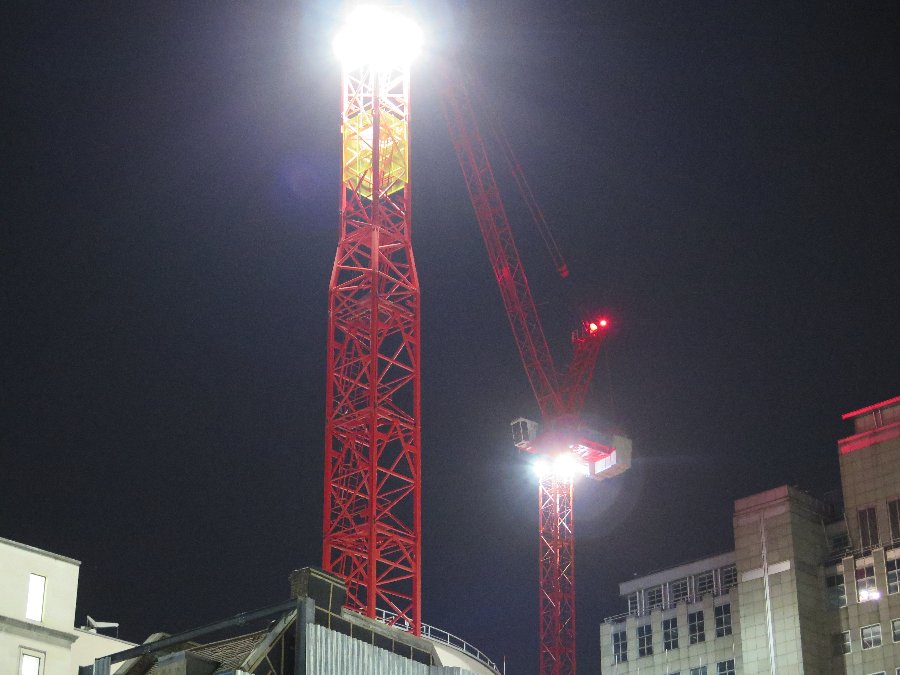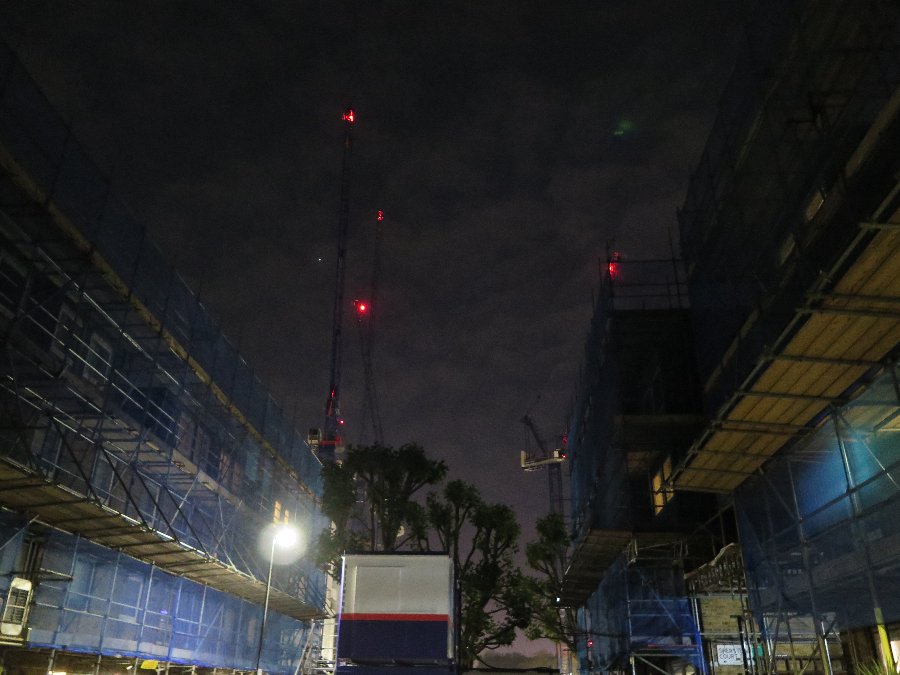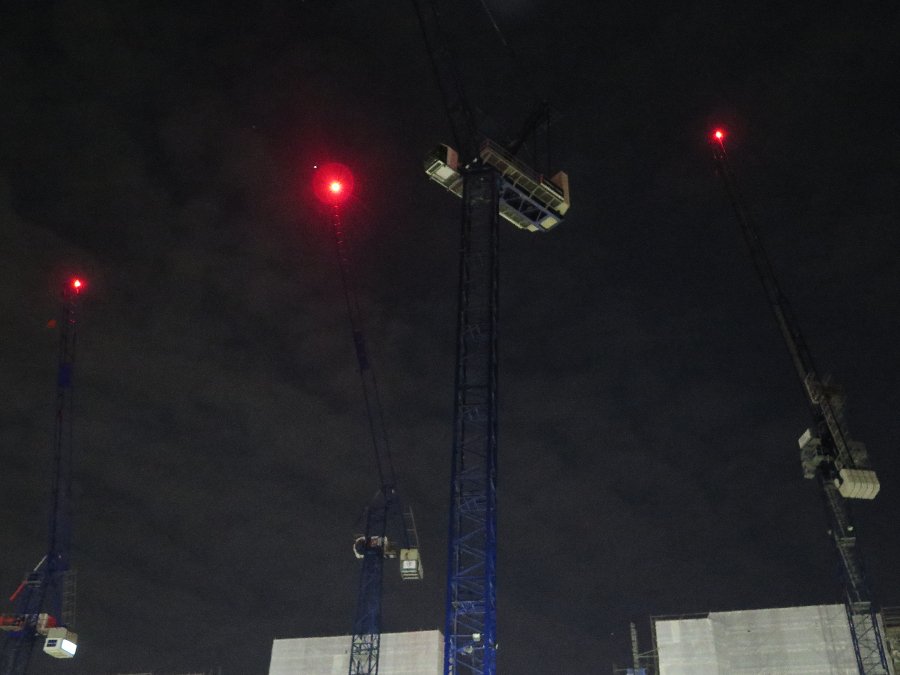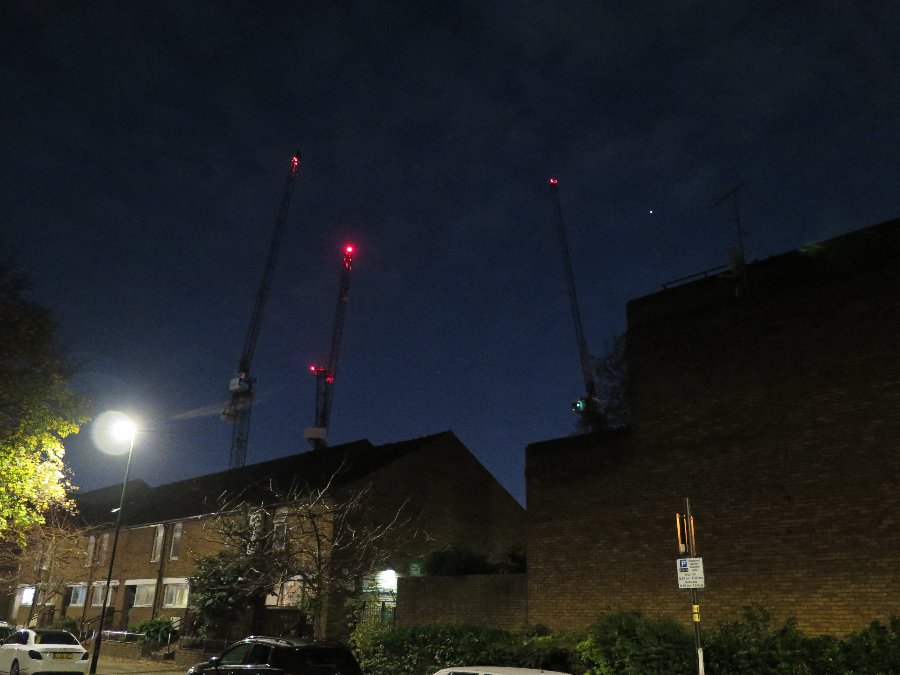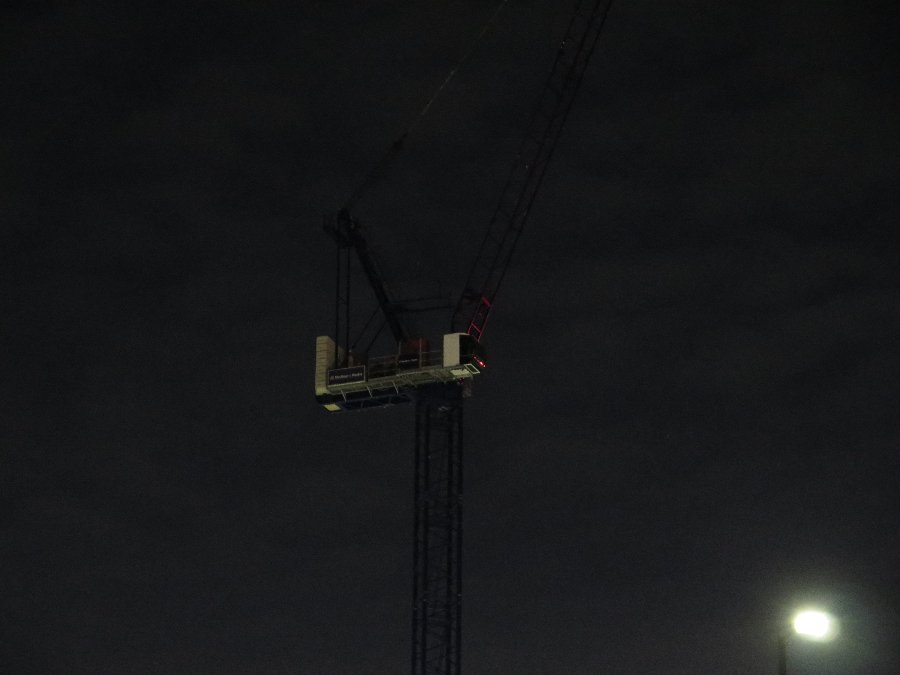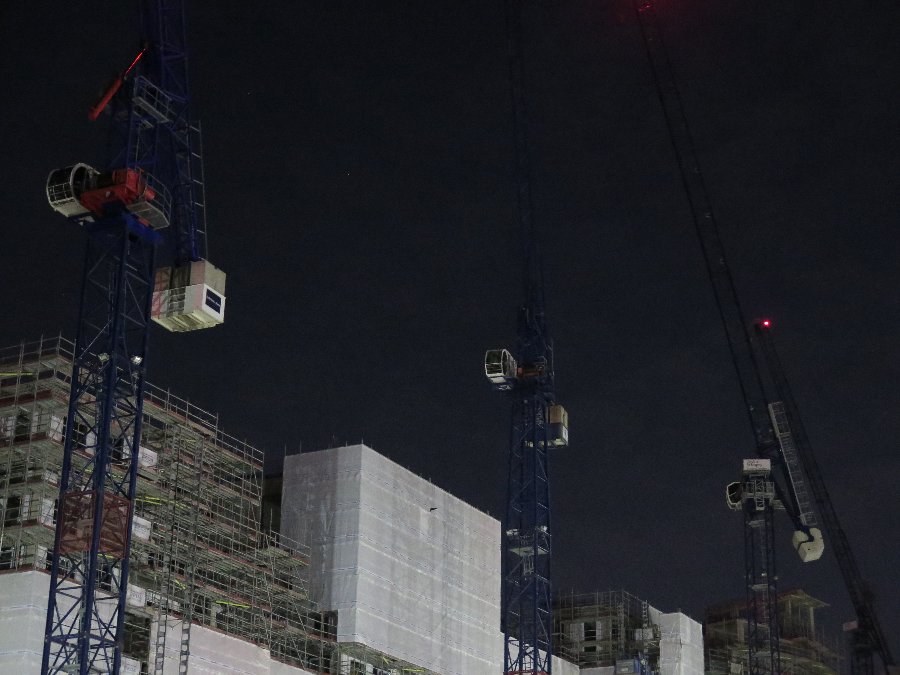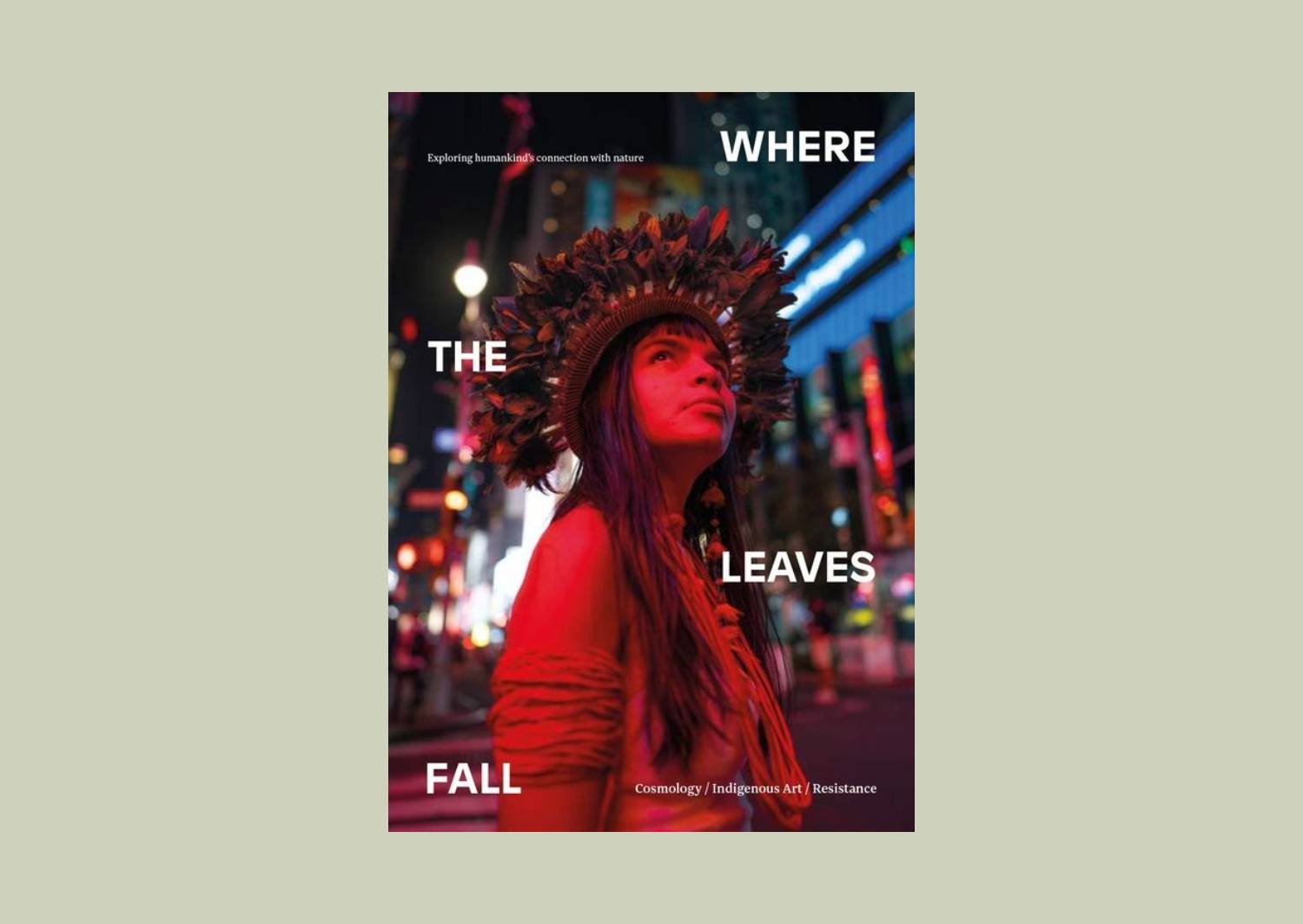What We See 02: A Meadow, A Park
/Photo Vincent Mosch © ZLB
WHAT WE SEE is a new series of feuilletons to be published on Elsewhere, born out of a new project inspired by the work of the Austrian-Jewish writer Joseph Roth. On 11 March 2023, the first WHAT WE SEE event was held in Berlin, and the first four essays to be published were read by their writers at Lettretage, along with a discussion around Joseph Roth and his life and work.
Project Editors: Sanders Isaac Bernstein, Julia Bosson, Paul Scraton & Alexander Wells
By Daniel Perlman:
The Amerika-Gedenkbibliothek is open on Sundays. SoAGB the program is officially called. There are no librarians, they are forbidden to work on the sabbath, but as long as the library hosts events and activities the doors may remain open to the public.
—
The meadow in front of the library is a pleasant place to sit on Sundays and weekdays alike. Staff set up lawn chairs when the weather is fine, hauling them out of a blue storage container. The Frischluftbibliothek it is officially called. In the late afternoon, if you look up from your book, you might see a gray heron flying past Halleches Tor, over the Landwehrkanal.
—
There is a feather-filled stairwell in Hallesches Tor that leads to the U1/U3. The windows confuse the pigeons and they get trapped and some of them die.
—
A lanky, long-faced fellow in stiff dungarees visits the AGB nearly every summer’s day. He sits on the low stone wall that rings the meadow and releases his pets on the grass, two box turtles, then turns his back and smokes cigarettes. The turtles take off as soon as they touch ground, making a beeline for the east. Most are delighted by the reptiles, but some simply snort and get back to work, as if to reassure themselves that they have better things to do than look at turtles. By dint of some internal turtle timer the man always knows when they’ve strayed too far. He strides forth, snatches them up, and rubs their wagging heads on the way back to his seat. Then he puts them down again; the scene repeats.
—
Sometimes the man trades out his turtles for a remote controlled car which he crashes at top speed into Doc Martens on the sidewalk.
—
One Sunday at the Frischluftbibliothek a man with a ponytail and cut off sleeves crawls on the ground beside me. He wears a plastic bag over his hand and scours the earth with a diligence I find disquieting. For over thirty minutes he’s at it, picking up debris. At last he rises. He ties a belt around his waist, a red band around his head. Kung-fu masters are permitted to work on the sabbath, apparently. Two children appear, pushed forward by their parents. Punch! Kick! Roll! One of the pupils promptly quits. The remaining child wavers. Now, kung-fu master, bring your training to bear! Your dignity hangs in the balance! He adjusts his headband, draws a deep breath. . .but his little apprentice defects. Berlin Berlin/Du heiße Braut, how can you be so cruel?
—
When the wind is right, as are the time and the day of the week, smoke wafts over the meadow. Its source is the park next door. Hundreds of people, friends and family, claim their spots and set up their grill kits. Chairs and fold-out tables, footballs and paddles, charcoal semaver, fleisch and sides. Not a kartoffel in sight. An unkempt man ambles from camp to camp, piling his plate high with kebabs and cutlets, gladly given. He is not partial to vegetables or rice and accepts them, if he must, with a look of undisguised disgust.
—
I sit in this park on a bench and inch from one end to the other to keep in the oak tree’s shade. A panorama of joy around me. I fill up on it greedily.
—
One evening at Grillfläche Blücherplatz (for so it is officially called, after the Prussian General who sent Napoleon back to Paris from Waterloo) I see a woman walk down the path that bisects the park. Sinewy, tanned, wearing faded Camp David, she pauses to admire a plastic pink scooter and even takes a picture of it. I return to my book. Entschuldigung! Entschuldigung! A girl, no older than nine, runs down the woman who is absconding with scooter in hand. I settle in for a session of that favorite local pastime. Bystanding, it is officially called.
The girl is slight, patient and polite, but it soon dawns on her that this is no innocent encounter. She puffs out her chest, pluck undaunted, and holds her ground against the stranger until, baby on hip, her mother arrives. Surely, now, the woman will relinquish her ill-gotten prize. But no. She takes out her phone. She displays the picture as evidence that the scooter is her’s by right. So brazen is the claim that mother and daughter are rendered momentarily speechless. But only momentarily. Two aunties arrive, crowding the would-be thief. Her plan was to sell the scooter, I think, but who’s to say there’s not a little one in her life in dire need of a gift? She releases the toy and flees.
—
The aggrieved return to their grillplatz, I to my reading. Not really of course. I continue to spy. I hear them tell their comrades what happened. The little girl chimes in from time to time, emphasizing certain details with wild gesticulations. But an even grander gesture is in order. The entire clan rises as one. Young and old, men and women, they take off marching through the smoke, hot on the trail of their antagonist. Somewhere, the ghost of General Gebhard Leberecht von Blücher tips them an approving nod.
—
Will they call the police if they catch her? Demand an apology? Cuss her out? It is a moot point of course, she is long gone. Sure enough, a minute later the group returns, foiled, triumphant.
***
Daniel was born and raised in the USA. He earned his MFA in Fiction from New York University. Currently he lives in Reinickendorf where you'll find him shopping at Penny.







